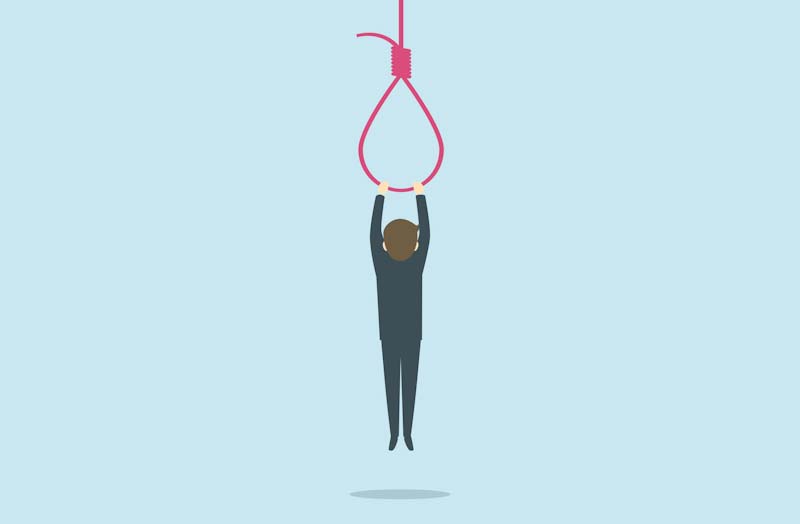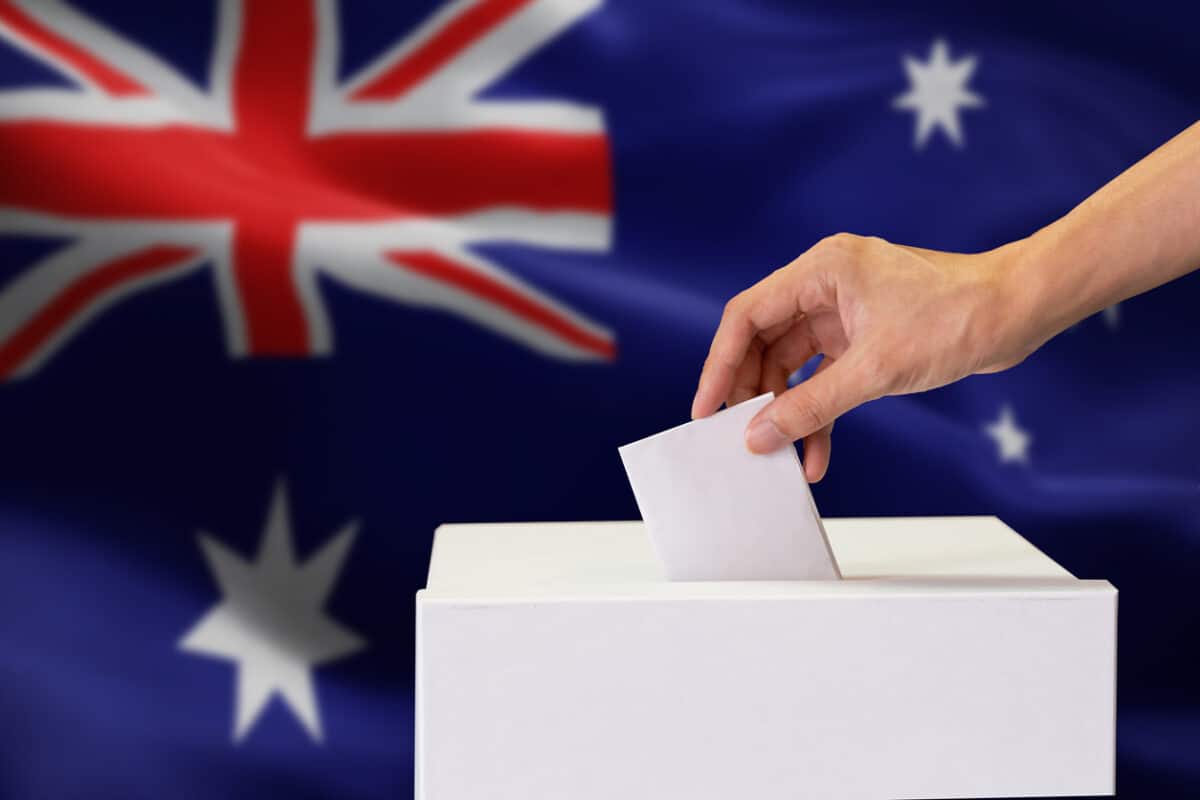Most suicide prevention conferences I have attended have been dominated by mental health analyses, strategies and spruikers. The slow change in that dominance began around Professor Allison Milner’s research in 2018 and her questioning of the evidence of a mental health base but stalled with her untimely death a year later. A recent research paper in the American Journal of Preventive Medicine may be the spark to reignite the discussion on suicides that do not have a mental health connection.
Category: psychosocial
On psychosocial hazards, HR and OHS are getting closer……. slowly
In narrow terms, the occupational health and safety (OHS) profession has largely neglected the management of psychological harm in workplaces. Human Resources (HR) has been the “go-to” on this issue, but various government inquiries have identified major shortcomings in the HR approach. In a recent podcast, Tony Morris of law firm Ashurst interviewed an HR and OHS professional on sexual harassment and psychosocial risks at work.
In response to the question of whether these risks are no being accepted as work health and safety risks, Julia Sutherland responded that this reality has been accepted by OHS regulators but implies that the acceptance has not been to the same extent by employers. She reassures employers who have not been approaching these hazards through OHS laws and guidance that they should not be alarmed as the OHS context has only existed for “a couple of years”.
Does OHS research have a Left and a Right?
Occupational health and safety (OHS) has had an uneasy ride in political debates in Australia, often because there is a disturbing morality in laws that dictate an employer has responsibility for the safety and health of their workers, even if legal wriggle room is allowed. There is no written history of OHS in Australia except within the confines of Industrial Relations, if it gets mentioned at all.
Recently I engaged in a conversation with a professional colleague on LinkedIn (I know, didn’t your Mother always say not to engage with people on social media? Well, this is a blog so….). That colleague made some odd political statements.
Australia’s Wellbeing Budget and Living Standards Framework is on its way
Australia’s new Treasurer, Jim Chalmers, shows an awareness of the importance of good mental health in Australia’s citizens and workers but his strategy, which remains in its infancy, has some problems.
In one of Chalmers’ first interviews after the Australian Labor Party won power last month, he was asked about the Budget he will be releasing in October 2022 (the same month as National Safe Work Month!):
Research shows the danger of overconnection
Many companies are starting to settle into hybrid working arrangements where workers are in the office for part of their time and at home for others. The occupational health and safety (OHS) impacts are still being discovered and refined. The flexibility of these hybrid arrangements is both good and bad, as identified recently by the European Foundation for the Improvement of Living and Working Conditions (Eurofound) in its analysis of the Right-To-Disconnect.
This could/should become a significant consideration when complying with Australia’s OHS regulations for psychologically safe workplaces currently under development.
Eurofound’s Executive Summary states:
“Digital technologies have made it possible for many workers to carry out their work at any time and anywhere, with consequent advantages and disadvantages. Potential advantages include greater autonomy, better work–life balance, improved productivity and environmental benefits. However, the constant connection enabled by information and communications technology (ICT)-based mobile devices can pose risks to health and well-being, as well as causing work–life balance conflict linked to longer working hours and the blurring of boundaries between work and private life.”
The new approach to mental health at work may need a new profession
Managing psychologically healthy and safe workplaces makes me extremely nervous. I don’t think that anyone in Australia is suitably qualified to meet the new occupational health and safety (OHS) regulations and expectations imposed by OHS regulators in response to community demands and needs. Perhaps we need a new category of professional.
Continue reading “The new approach to mental health at work may need a new profession”Can you vote for OHS?
Australia is in the last few weeks of its federal election. Because it is a national election and occupational health and safety (OHS) is almost totally regulated at the State and Territory level, workplace health and safety is rarely if ever mentioned directly in campaign pledges. However, OHS does have a political campaign context if one accepts that some workplace hazards are caused or affected by social and government policies.
Australian Labor Party
The Australian Labor Party’s suite of campaign policies includes several items that could reduce the mental anguish in the community, thereby encouraging people to take jobs and making applicants more attractive to employers but there are no direct pledges on OHS. It states in its “Secure Australian Jobs” policy that:







